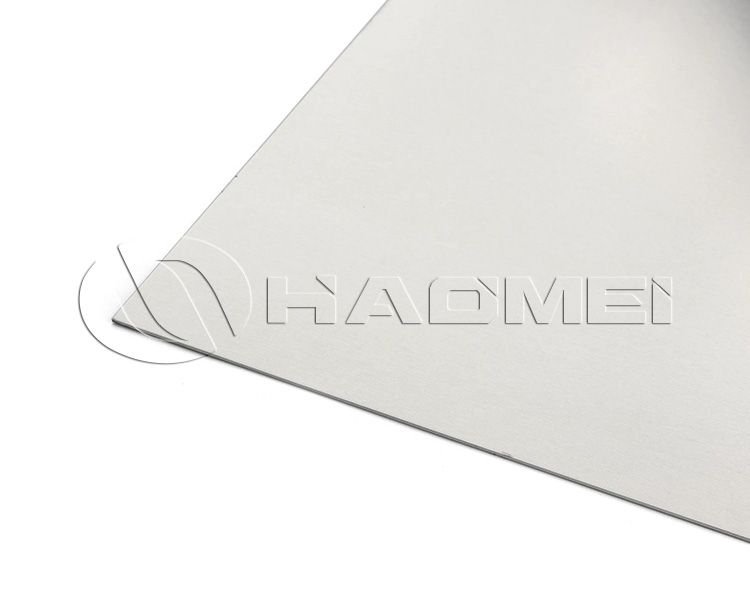What Are Uses of Aluminum Clad Steel in Shipbuilding
In the main structure of the ship, such as the hull, deck and other parts, aluminum clad steel plates are gradually showing their value. In this structure, the steel plate provides high strength and good impact resistance, and can withstand external forces such as waves and collisions during the voyage of the ship. The aluminum plate gives the ship the advantage of lightweight, reduces the overall weight of the ship, and thus improves fuel economy and reduces operating costs. By combining steel and aluminum plates, the strengths of both are brought into play, effectively improving the comprehensive performance of the ship structure.

In terms of specifications, the thickness of the steel-aluminum composite plate used for ship structures is usually within a certain range to ensure structural strength, such as the common range of 3-8 mm; the thickness of the aluminum plate layer is generally around 2-5 mm according to specific needs. Such a thickness combination not only meets the requirements of the ship for structural strength, but also achieves a good lightweight effect.
The superstructure of the ship, such as the cab, cabin and other areas, has high requirements for the weight, aesthetics and corrosion resistance of the material, and the steel-aluminum composite plate can just meet these requirements. For example, some inland tourist sightseeing boats have aluminum alloy structures for their superstructures, which are connected to the steel structure of the main hull through steel-aluminum composite joints.
The aluminum alloy part (that is, the aluminum layer in the steel-aluminum composite plate) reduces the weight of the superstructure, lowers the center of gravity of the ship, and improves navigation stability; at the same time, the good corrosion resistance of aluminum alloy can adapt to the long-term use of ships in humid environments and reduce maintenance costs. Moreover, after the surface of the aluminum alloy is treated, it has good aesthetics and improves the overall image of the ship.
In terms of specifications, the aluminum layer of the steel-aluminum composite plate used for the superstructure is relatively thin, generally 1-3 mm, to further reduce the weight; the thickness of the steel layer is about 2-4 mm, which is used to provide the necessary strength support. This light and thin structural design minimizes the weight while meeting the functional requirements of the superstructure.
With the development of the application of new energy in the field of ships, steel-aluminum composite plates have also found their place in the power system of new energy ships. In the battery box, steel-aluminum composite plates can play an important role. The steel plate layer provides high-strength protection to prevent the battery box from being damaged by external impact; the aluminum plate layer, due to its good electrical and thermal conductivity, helps the heat dissipation management of the battery, ensures that the battery works at a suitable temperature, and improves battery performance and service life.
From the specifications, the aluminum cladding panel size used in the battery box generally has a steel plate layer thickness of 1-3 mm and an aluminum plate layer thickness of about 1-2 mm. Such thickness can meet the protection requirements for the battery without adding too much weight to the battery system.









